Fokker D VI, Eduards, 1:48, Jasta 80b, Oblt. Hans Spiedel
Again a rebuild from an old wreck by Eduard. Here it could have turned out much better, but I no longer had the strength or desire for a better result. But it has to be enough for a happy birthday, because this type in 1:48 scale is unavailable. That's why I'm going to build this type in 1:32 scale soon.
Unfortunately, I could not get any information about the pilot.
The series version of the aircraft, already designated as D.VI, underwent official type tests (Typenprüfung) on March 15, 1918. The production machines used Oberursel Ur.II engines, which was the only type of rotary engine obtainable in sufficient numbers in Imperial Germany. Idflieg therefore ultimately decided that serial production of the D.VI should be a low priority until the more powerful Goebel Goe.III engine was available. This rotary eleven-cylinder was finally installed in only twelve machines assigned to various combat units on a trial basis. Deliveries of the type began in April and ended in August 1918 after only 59 were produced, in order to free up the company's production capacity for D.VII aircraft. In D.VI service, a more powerful engine than the Oberursel Ur.II used would of course be welcome.
Castor oil, commonly used to lubricate aircraft engines, not only rotary engines, was also not available in the necessary quantities in Germany, so the air force used much more affordable refined mineral oil for their operation. VOLTOL oil was also used, which was modified with a relatively new production technology at the time. Even so, none of the mineral oils of the time came close to reaching the qualities of castor oil. In operation, this was particularly evident in the shorter time between overhauls of the engines, while the degree of carbonization of the cylinders and pistons after the same course of engine hours was clearly higher when using petroleum oils.
For front fighter squadrons (Jagdstaffel) the type was used only in a limited number (for example Jasta 75, Jasta 80b and Jasta 84. Part was used for the rear defense units Kampfeinsitzerstaffel (Kest 1b and Kest 7), possibly also used for continuing training of fighter pilots in fighter schools (Jagdstaffelschule). In addition, seven machines were handed over to the k.u.k. Luftfahrtruppen Austria-Hungary.

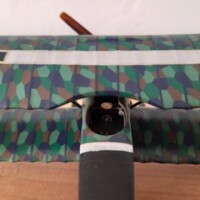

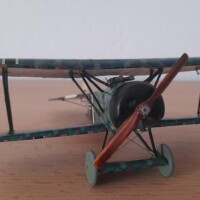
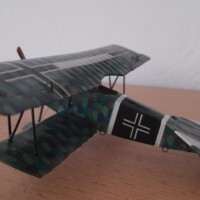
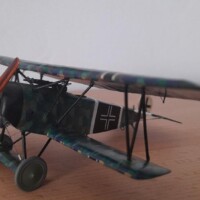
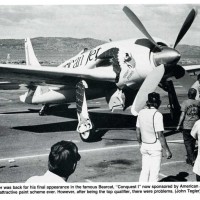
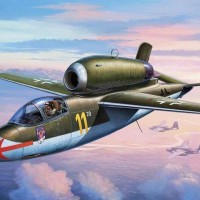
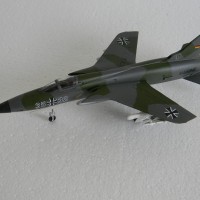
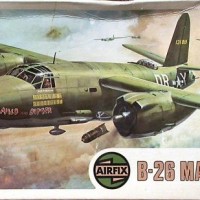
Another amazing save and superb result, Milan! Awesome history too!
Thank you Friend.
Another impressive result, Milan @milantesar
Great writing on the historical part, thanks.
Thank you John.
Very nice build, Milan. @milantesar
Thank you John.
🙂 ... Greetings ... 🙂 :
Your saving of this model, as you can see was all worth it, the end product
is well done in every angle. Good work Milan.
Thank you.
Great work in saving a relative obscure aircraft and a very interesting description of its history also. Well done.
Thank you Ian.
That looks beautiful Milan. Really a super job. I really love all the German WW1 aircraft designs. Maybe it the colorful schemes, I'm not sure. But this certainly turned out awesome. Nice save!
Thank you Clint.
Interesting article, Milan, I never realised they used castor oil. The model turned out great as well.
Thank you George.
Nice job on that wreck - looks good!
Thank you Chas.
Another good-looking WWI bird - well done!
Thank you Greg.
Great work, Milan. I kitbashed one of these in 1/72 from Revell D.VII and Dr. I kits back in the mid 80s.
Thank you John.